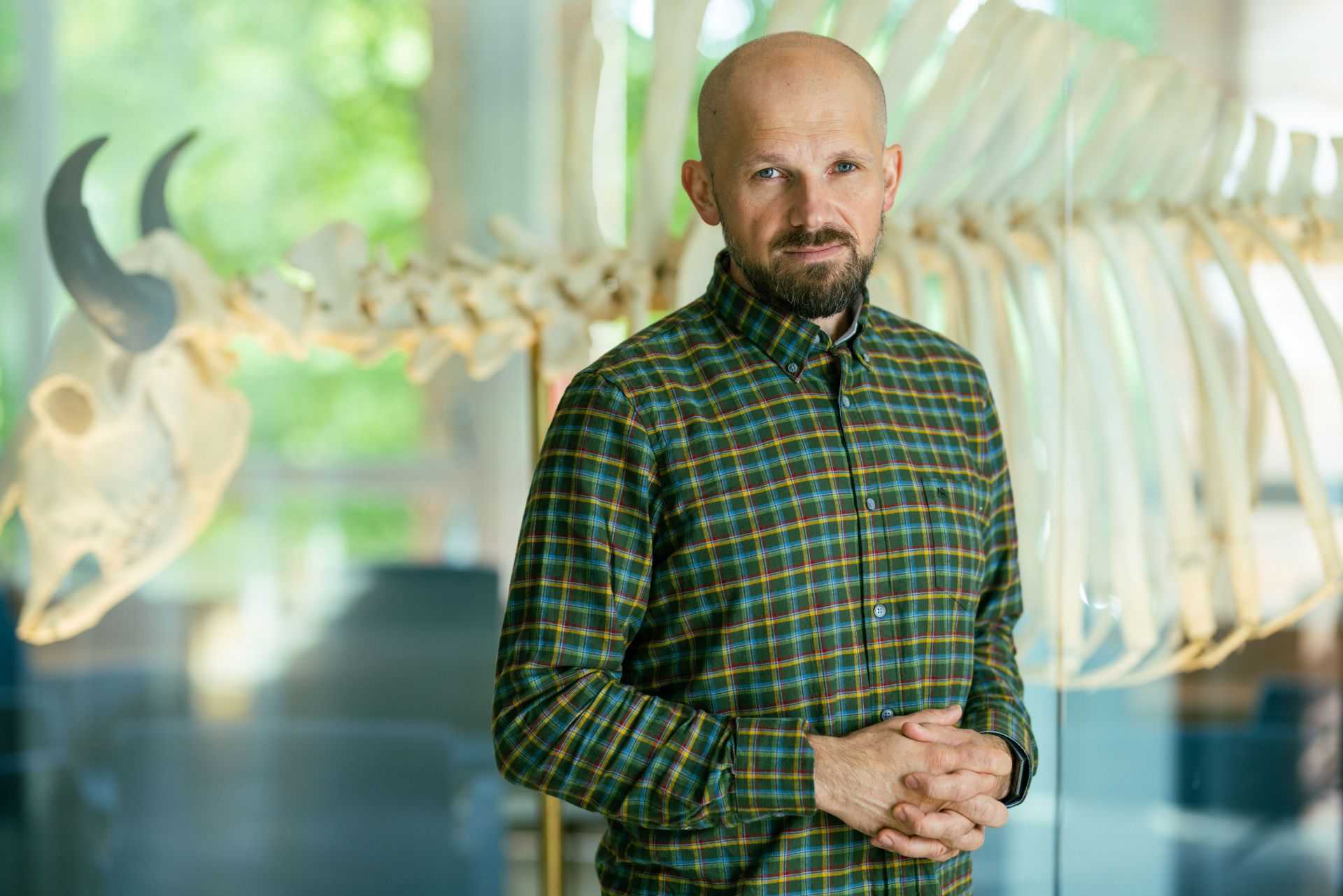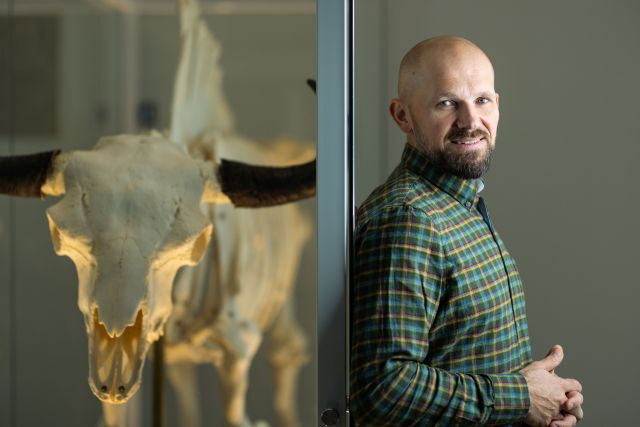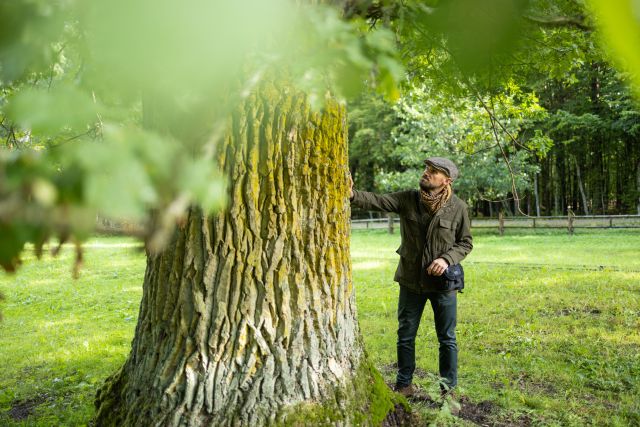Principal Investigator
:
Dr hab. Tomasz Samojlik
The Mammal Research Institute of the Polish Academy of Sciences
Panel: HS3
Funding scheme
: DAINA 1
announced on
15 September 2017
Current debates on environmental protection and the treatment of high natural value forests in Europe often invoke the concept of a primeval forest. Different interpretations of this idea are frequently used to justify the intensive exploitation of areas that are not considered to be virgin, natural or primeval. Our contemporary idea of the primeval forest, however, is a product of several centuries of evolution, in which an important role was played by the interest taken by the European scientific and cultural community in the Białowieża Forest and the European bison in the 18th century.
 fot. Michał Łepecki, dr hab. Tomasz Samojlik
fot. Michał Łepecki, dr hab. Tomasz Samojlik
The purpose of this international project (with principal investigators based in Poland and Lithuania, and contractors in France and Russia) was to chart the evolution of the idea of a primeval forest and trace the perception of the Białowieża Forest and the European bison in European culture and science in the 18th and 19th centuries. Archival and museum research, as well as literature surveys, carried out in Poland and beyond, allowed us to explore a variety of different sources (archival documents, research papers and popular science publications, hunting press releases, museum exhibits, publications, artworks).
The idea of a primeval or virgin forest dates back to a debate on the destruction of forests in the 18th century in France. At the beginning of the 19th century, the concept made it into the vocabulary of German Romanticism, which associated it with the roots of German exceptionalism. Concepts such as “primeval forest”, “virgin forest” and “natural forest”, however, long had no clear definition, let alone a designate. The designate only appeared later, following the “rediscovery” of Lithuanian forests, and especially the Białowieża Forest, at the end of the 18th century. Targeted at scientists and the general public alike, descriptions of the Białowieża Forest either directly or indirectly referred to it as “primeval”, although it was not usually taken to mean it was completely untouched by man. The perception of Białowieża also changed over time; first dominated by folk beliefs, it was later supplemented by the reports of travellers who had traversed the “Lithuanian forests” (a shorthand for forests that were wild, vast and, most importantly, not exploited by man), only to become the subject of scientific research in the strict sense at the turn of the 18th/19th centuries.
 fot. Michał Łepecki, dr hab. Tomasz Samojlik
fot. Michał Łepecki, dr hab. Tomasz Samojlik
The Białowieża Forest largely owed its high-profile status to its last lowland population of the European bison. The recognition of the exceptional nature of this species was a complex process, which we traced on the basis of selected visual depictions created from the 16th to the end of the 19th century. The growing number of available illustrations of the European bison, the growth of our knowledge about the species and the wide distribution of bison exhibits in European museums all contributed to the success of the campaign to save this iconic species after its extinction in 1919.
Discussions about the primeval forest and the European bison also helped raise awareness of Polish and Lithuanian nature and culture in Western Europe. The debates were not limited to academic papers, but pervaded the culture at large, making appearances in literature, poetry, theatre, painting and later also in photography and film. The subject thus became an important element in the dissemination of natural knowledge among the general public throughout Europe.
Project title: Perception of the European bison and the primeval forest in the 18th and 19th centuries: the shared cultural and natural heritage of Poland and Lithuania
Dr hab. Tomasz Samojlik
Dr hab. Tomasz Samojlik conducts interdisciplinary research in the field of natural history, focusing on historical changes in human interactions with the natural environment. He takes a particular interest in the human relationship with forests and wild animals, as well as the human role in the preservation and transformation of the Białowieża Forest. He has authored 60 books and popular science comic books that disseminate natural science and knowledge among children and young adults.


